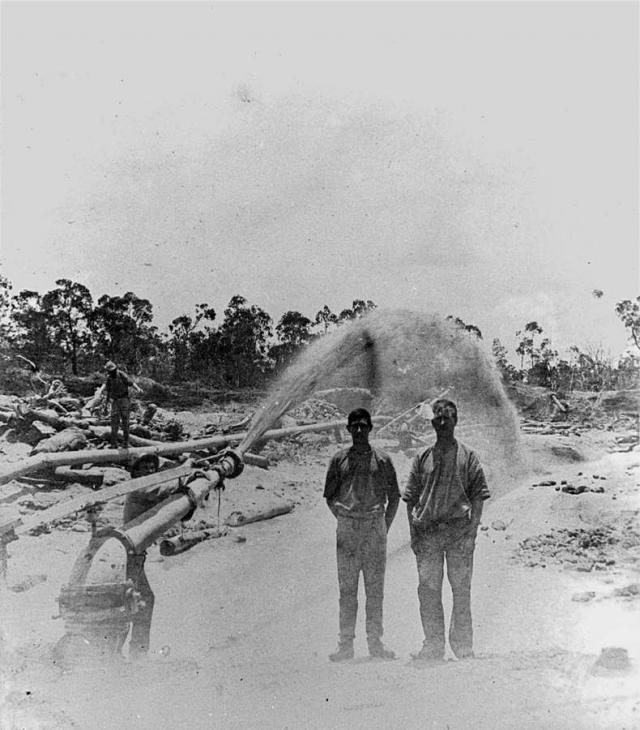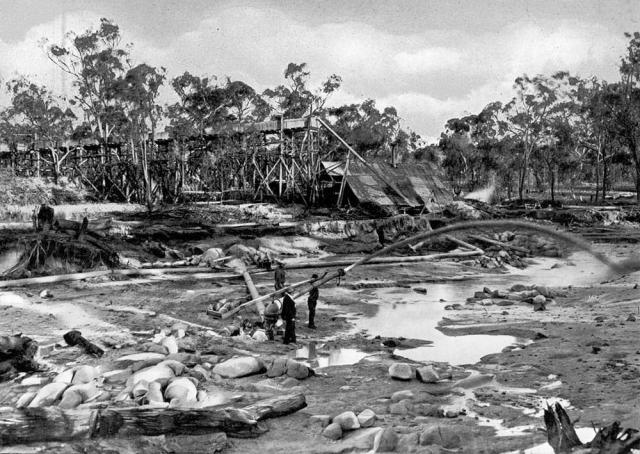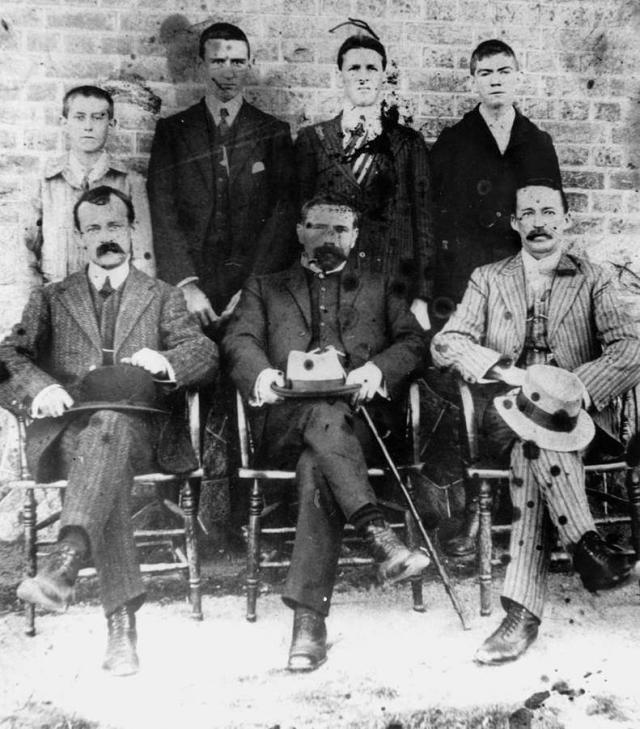
In 1912, a large portion of the historical records are dedicated to the happenings at the local schools.
Glen Aplin State School saw a changeover in head teacher, with Emily Rodda holding the position from 11/07/1911 to 31/07/1912.
Violet Weatherley took over the position on 27/09/1912
Both women married Smith brothers, who were establishing local orchards.
Enrolments grew significantly in 1912, with 16 enrolments recorded in 1911, and 28 recorded in 1912.
Myrtle Annie Bavister and Albert Andrew Mann were listed as students at the school in 1912.
Albert’s father James Mann had written a letter objecting to the new Glen Aplin school site in 1910, due to the distance his children would now have to walk (8km).
The building was moved at a cost of $95 in November 1910.
A very significant development in 1912 was the forming of the Fruitgrowers Association.
The previous year, the Progress Association for Stanthorpe and District had appointed fruit growers to formulate a scheme of co-operation.
In “They Came To A Plateau”, it was written that “a few figures recorded during this period of development are of interest”.
“Estimated costs of clearing, 7 pounds per acre. Fencing, cultivation, interest on capital while awaiting trees to crop 13 pounds- 14 pounds per acre.
“Average returns 8/- – 10/ – per tree or 40 pounds – 50 pounds per acre.
“Vegetables grown in intervening years in order of popularity were cabbage, tomatoes, potatoes, onions, carrots, parsnips, turnips – with “pulse crops” for quick cash.
“The feeling today is that “pulse crops” (peas and beans) are aptly titled if “pulse” and blood pressure go hand in hand!”








